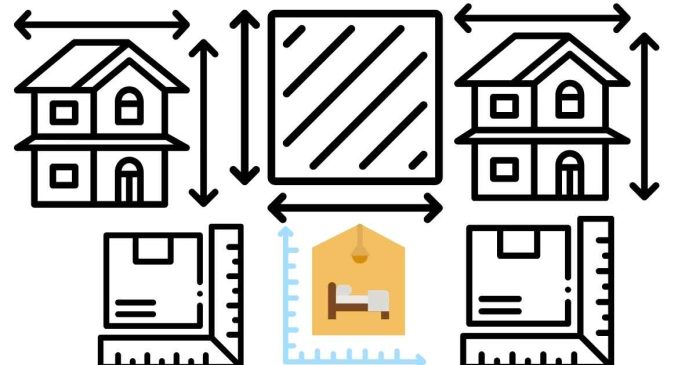a. Lack of building materials
b. Surface area-to-volume ratio
c. Amount of available energy
d. Speed of metabolic reactions
Correct Answer:
b. Surface area-to-volume ratio
Explanation:
The size of a cell is constrained by its surface area-to-volume ratio because this ratio impacts the efficiency of nutrient absorption, waste elimination, and overall metabolic processes. As a cell grows, its volume increases faster than its surface area, leading to a decreased ability to exchange materials with its environment. Beyond a certain size, the cell cannot efficiently maintain its internal environment, limiting its growth.
The other options are incorrect for the following reasons:
- a. Lack of building materials: While important, cells typically access the resources they need from their environment. This is not the primary limiting factor for cell size.
- c. Amount of available energy: Energy availability influences cell function but does not directly restrict cell size.
- d. Speed of metabolic reactions: Metabolic rates are essential for cell activity but are not the main factor limiting cell size.
Cells solve this limitation by staying small or developing specialized structures, such as microvilli, to increase their surface area without significantly increasing volume.



